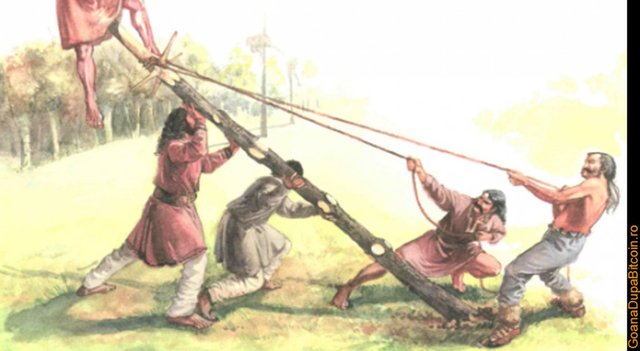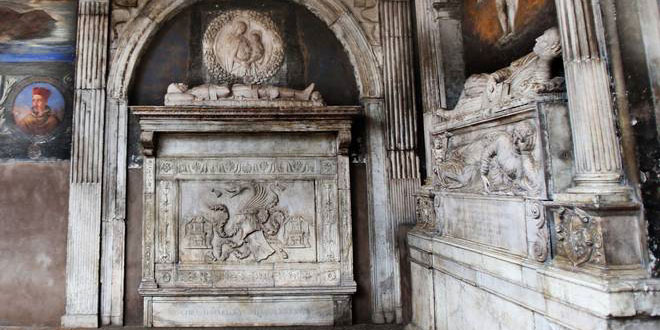Transylvania - The place where the legend of Dracula begins and the history of Vlad Tepes ends
The Legend
The story of Vlad Tepes remains enveloped by mystery and legend, and the truth is that no one knows where the legend ends to leave the place of history.
Being a character not only historically but literary also, the Prince was chosen by writer Bram Stoker as the main hero of his novel in 1897. Since then, Dracula and Transylvania, the realm that houses the mysterious castle filled with ghosts and vampires somewhere in the middle of the dark forests, became the subject of over 750 films, documentaries or short stories inspired by the Irish writer's novel.
There are many legends: one says that the transformation of Vlad Tepes into Count Dracula's blood is due to the fact that, according to the custom at that time, the winner of a fight would quench it's thirst with the blood of the defeated.
Is this the truth about Dracula, legend or history?
The History
Vlad Tepes was born in Sighisoara, in Transylvania in 1431, later becoming the ruler of Wallachia. His father, Vlad Dracul, was a knight in the Order of the Dragon, a chivalrous order in Eastern Europe aimed at stopping the expansion of the Ottoman Empire.
The Dragon Order's Blaze was a dragon (Ottomans) and a cross (a sign of Christianity), and Vlad Dracul wore this symbol everywhere on flags, coins, and seals.
His second son was Vlad - DRACULA, the A at the end of the word " DRACUL meaning the devil" being a way of establishing his belonging - Dracula, the son of Dracul.
The nickname "Tepes" was attributed to him only after his death in 1476, because of his preferred way of punishment. Throwing in was a cruel way of execution, the victim being stabbed in a sharp, thick spike like a man's arm.
As a child, Vlad Tepes lived as a hostage of the Turks. While his family was assassinated, he was made aware of the torment he suffered. This seems to be the reason that he has poisoned his soul so that when he became a ruler, his favorites punishments were tainting, skinning, hanging, decapitating or stabbing thieves on a spike.
Famous for his intolerance and cruelty, Vlad was at the same time respected by his subjects for campaigning against the Turks. He was respected both as a warrior and as a leader who did not tolerate injustice. He was a revered hero, and a fearless man also.
Victor Hugo in Legends of Siecles shows how Vlad Tepes welcomed the army of Sultan Mahomed II to conquer Wallachia. Moving towards Targoviste, the Turkish army's soldiers were horrified by the view of Tepes: burned houses, paralyzed plains, and poisoned water fountains.
Everything culminated with the image near the walls of the fortress where Vlad Tepes was sheltered: a huge forest of corpses. Feared and terrified by the smell of the 20,000 corpses of Turkish prisoners, Mahomet himself retired, recognizing the victory of Vlad and his people.
For the Romans, Vlad Tepes remained the ruler during which you could drink water from the fountain of Targoviste Fortress with a large golden goblet without anyone stealing it (historical sources confirm the existence of this cup which was used until the day Vlad Tepes died).
The Death of Vlad
There are not enough details about Dracula's death, just some incomplete versions. The most popular story is that he was killed in a battle against the Turks, near Bucharest in December 1476. Another claims he was killed by the Wallachian Landlords during the fight.
What happened to Vlad's corpse? This is another mystery, a fabric of legends, none of which could be confirmed
Most historians believe that Vlad was buried near the altar of Snagov Monastery, a monastery located on an island in the middle of Lake Snagov. Certainly, as a trophy, his head was taken to Istanbul, for the whole Ottoman world to see that the scowl of the Dracula was indeed over.
The Grave of the Dracula
In 1931, archaeologist Dinu Rosetti, at the order of the Romanian Academy, searched the Snagov Monastery to discover Vlad Dracula's body.
But he discovered only a few robbed tombs inside the monastery, the local legends saying that Vlad's body would have been buried right at the entrance to the monastery. Not believing this legend, the researcher dug up and revealed a tomb in front of the altar. The grave was empty. Continuing to dig, he found a shrine with the bones of the slaughtered animals.
Giving a chance to the legend, he began to investigate the place from the entrance to the monastery, where he found a tomb that had not been robbed, apparently belonging to a nobleman. The clothes that covered the corpse looked like they belonged to an old man.
However, the skeleton had its head and, as stated above, it is a sure thing that Vlad was beheaded.
Snagov Monastery has a high degree of humidity, which makes most of the earthly remnants of those buried here to decompose very quickly. It is, therefore, quite possible that Vlad's body had broken down before the research for his discovery had begun.
Certainly we can say that Dracula existed. As Prince Vlad Tepes is the same as the devilish vampire, it remains a challenge for fans; But it is certain that the myth of the vampires has gained ground (especially through the media) through history.



